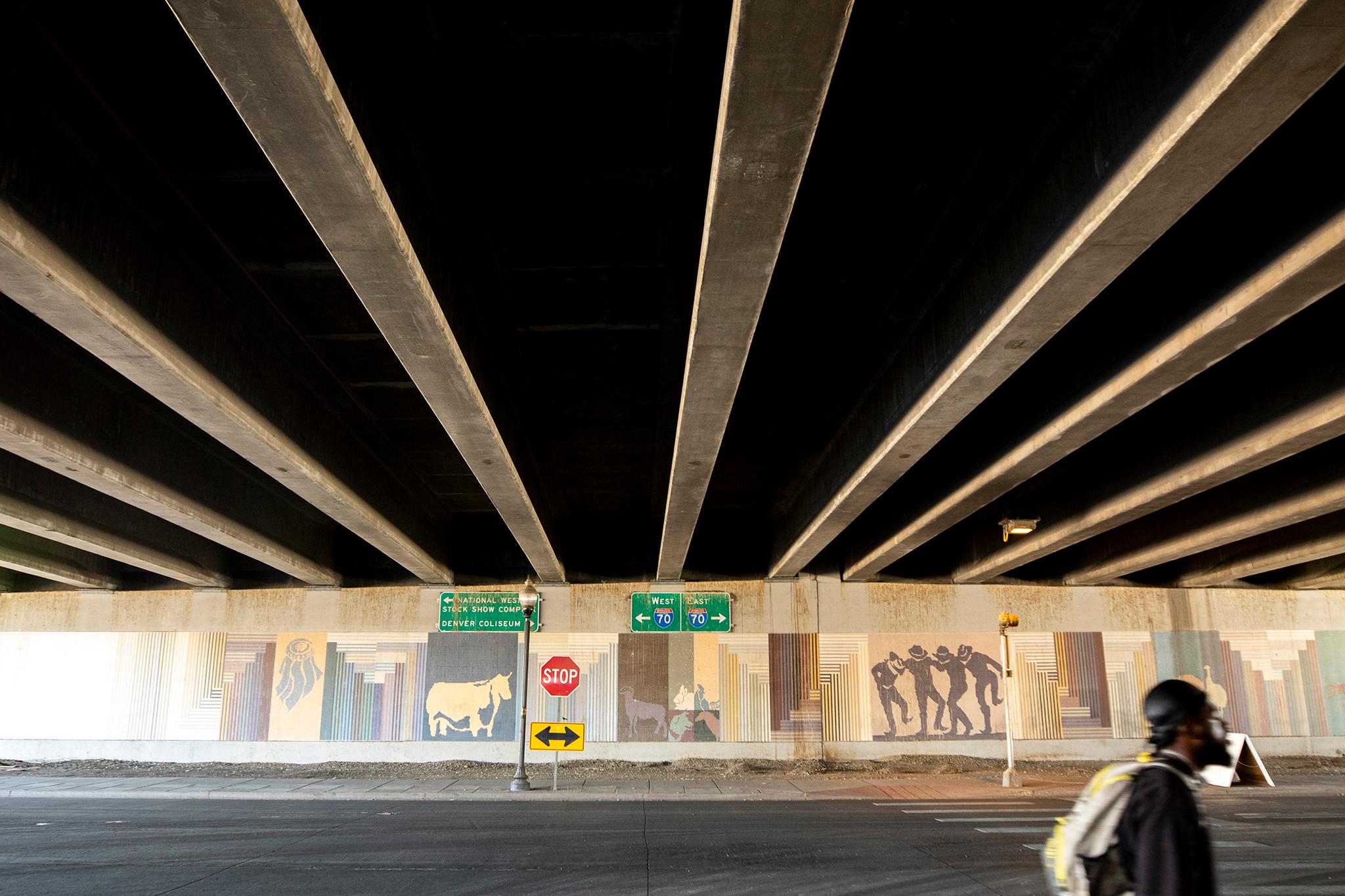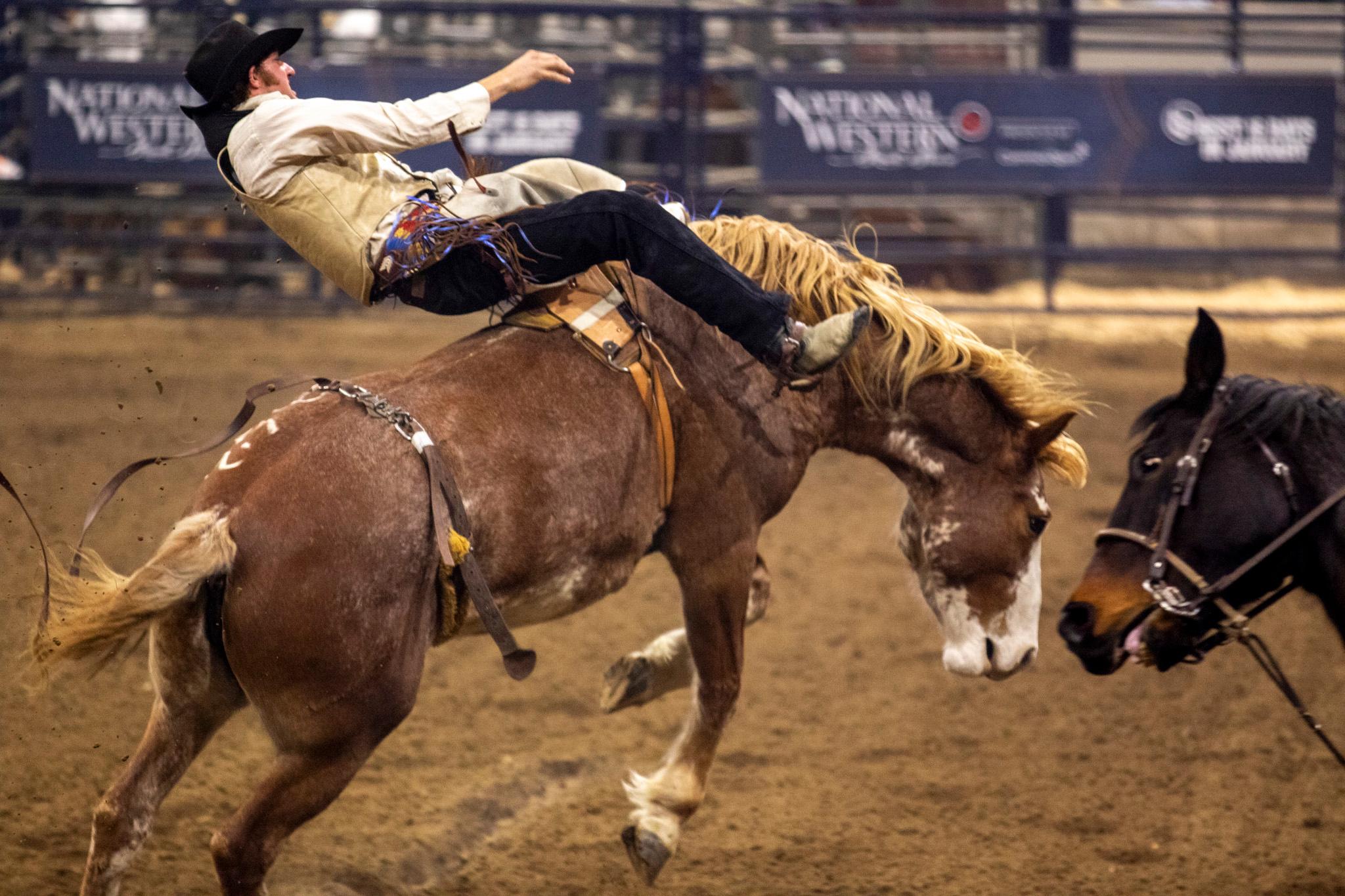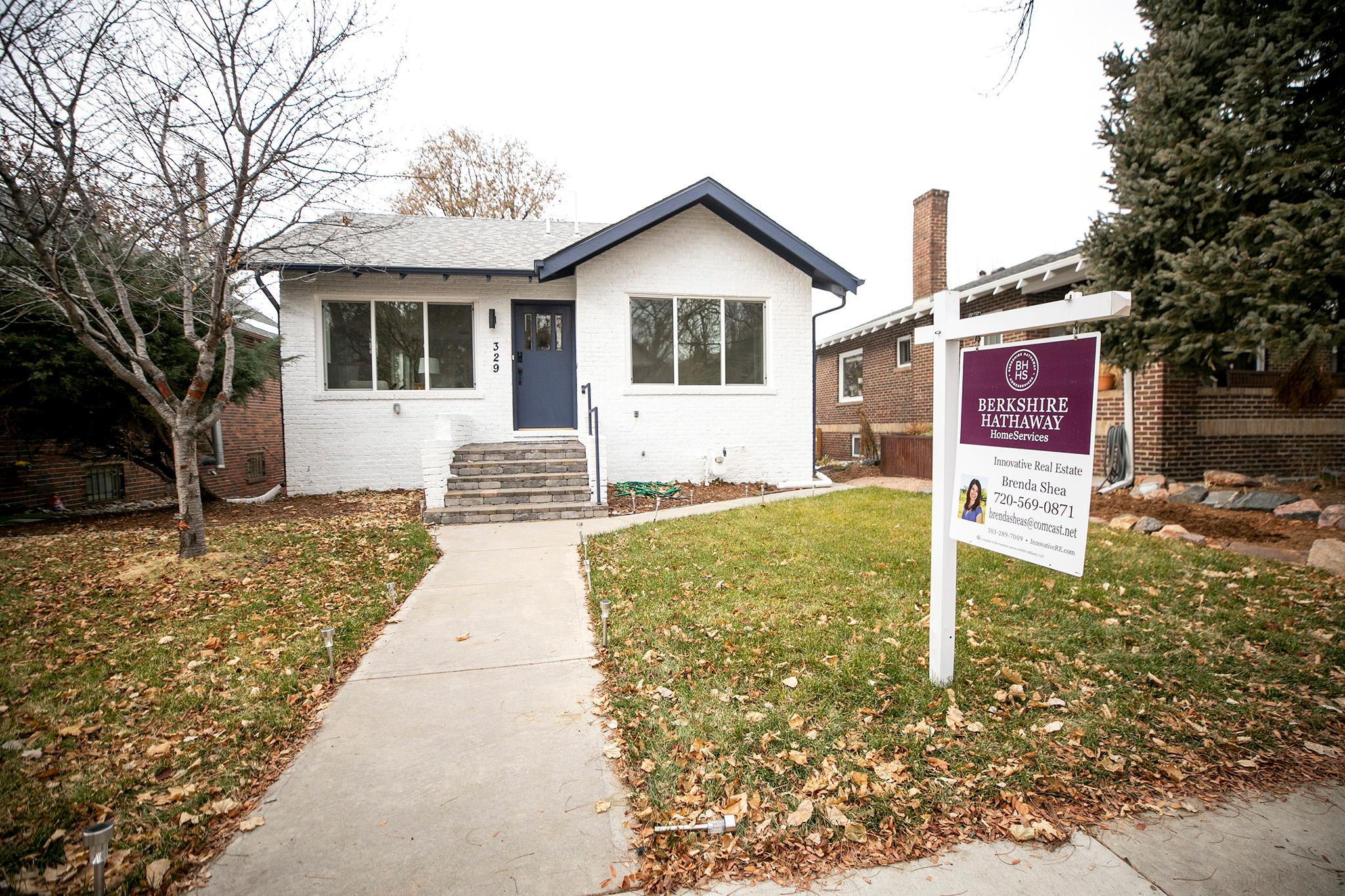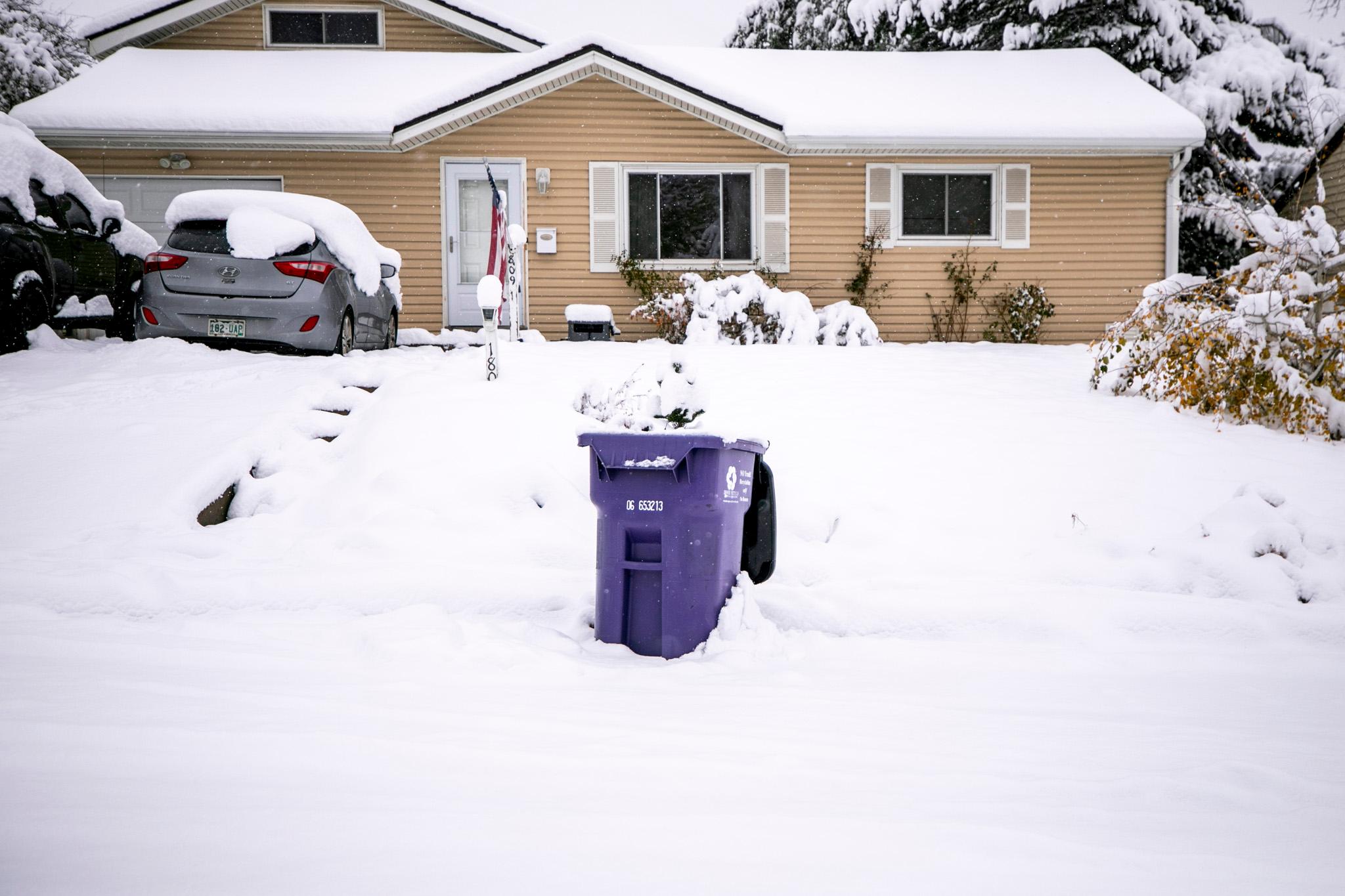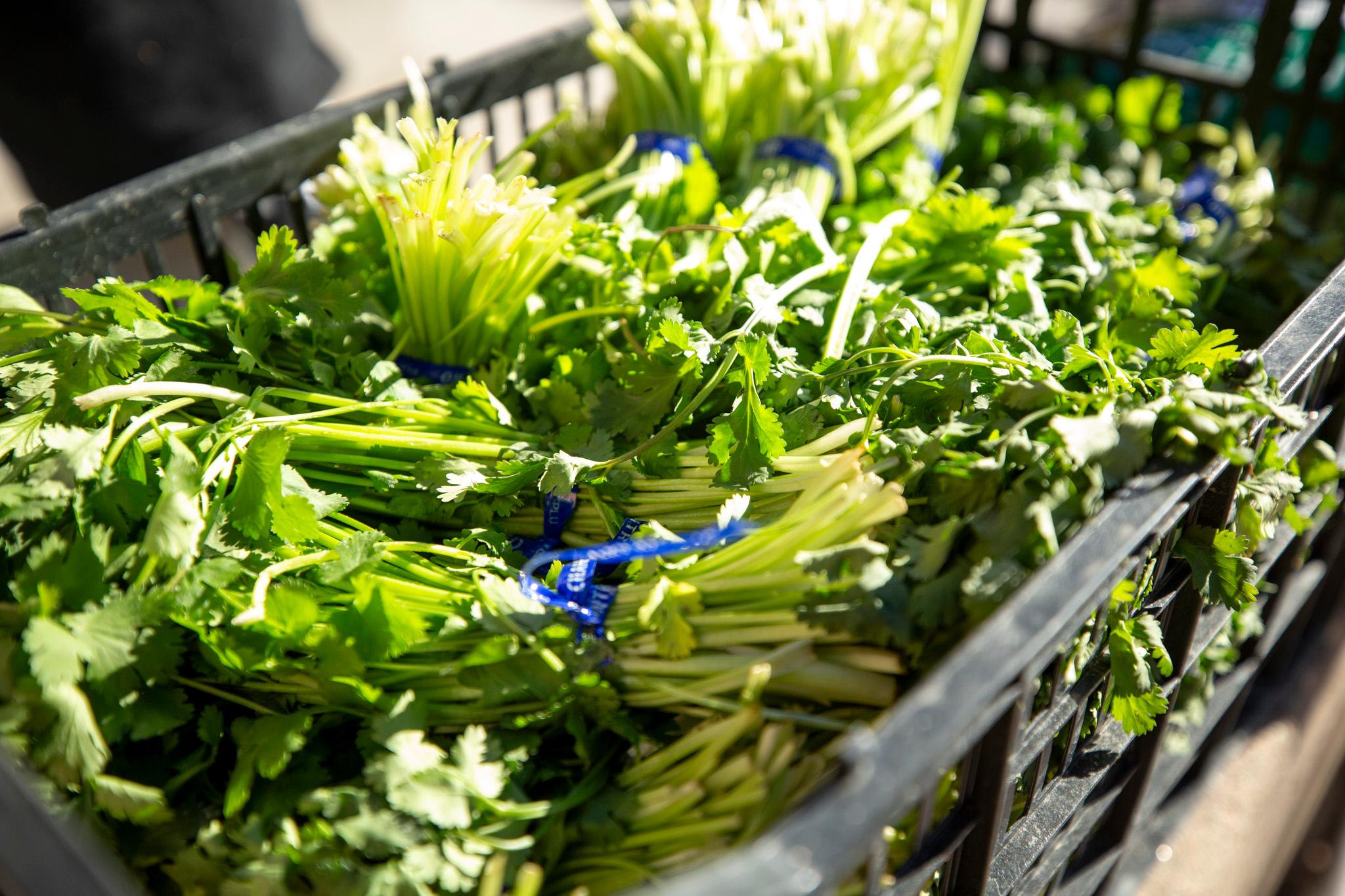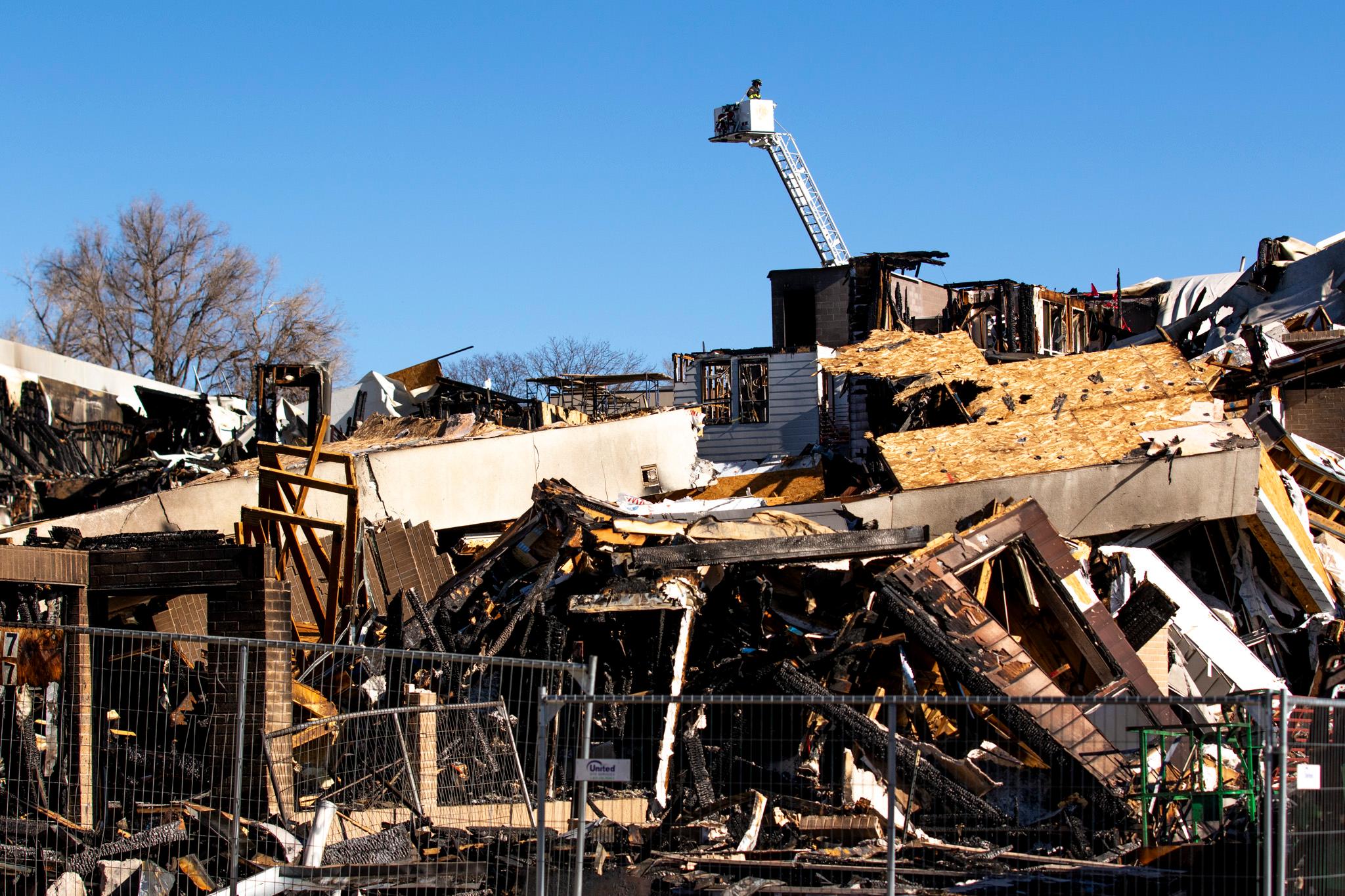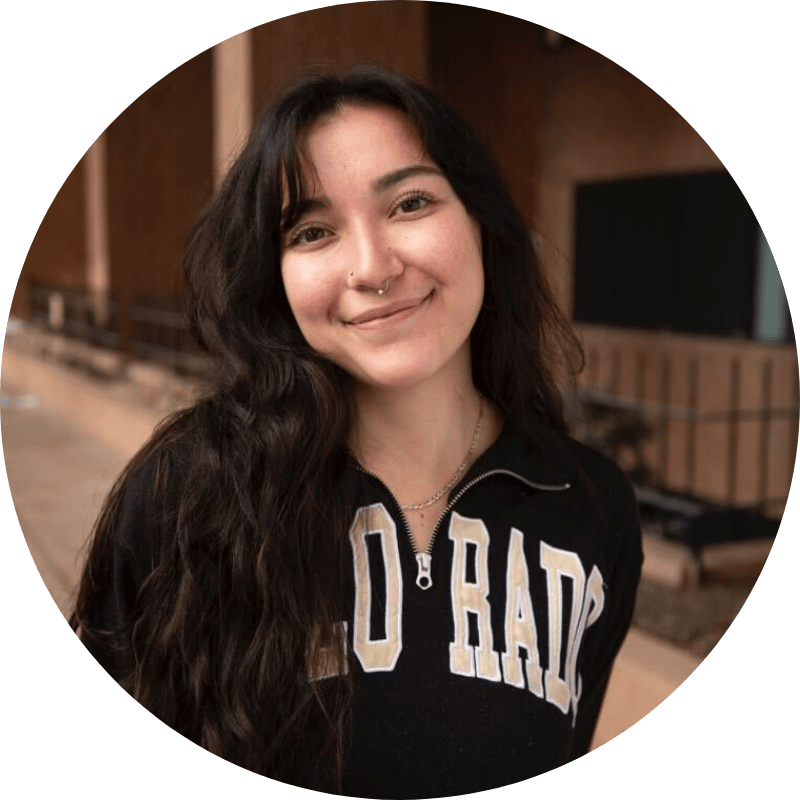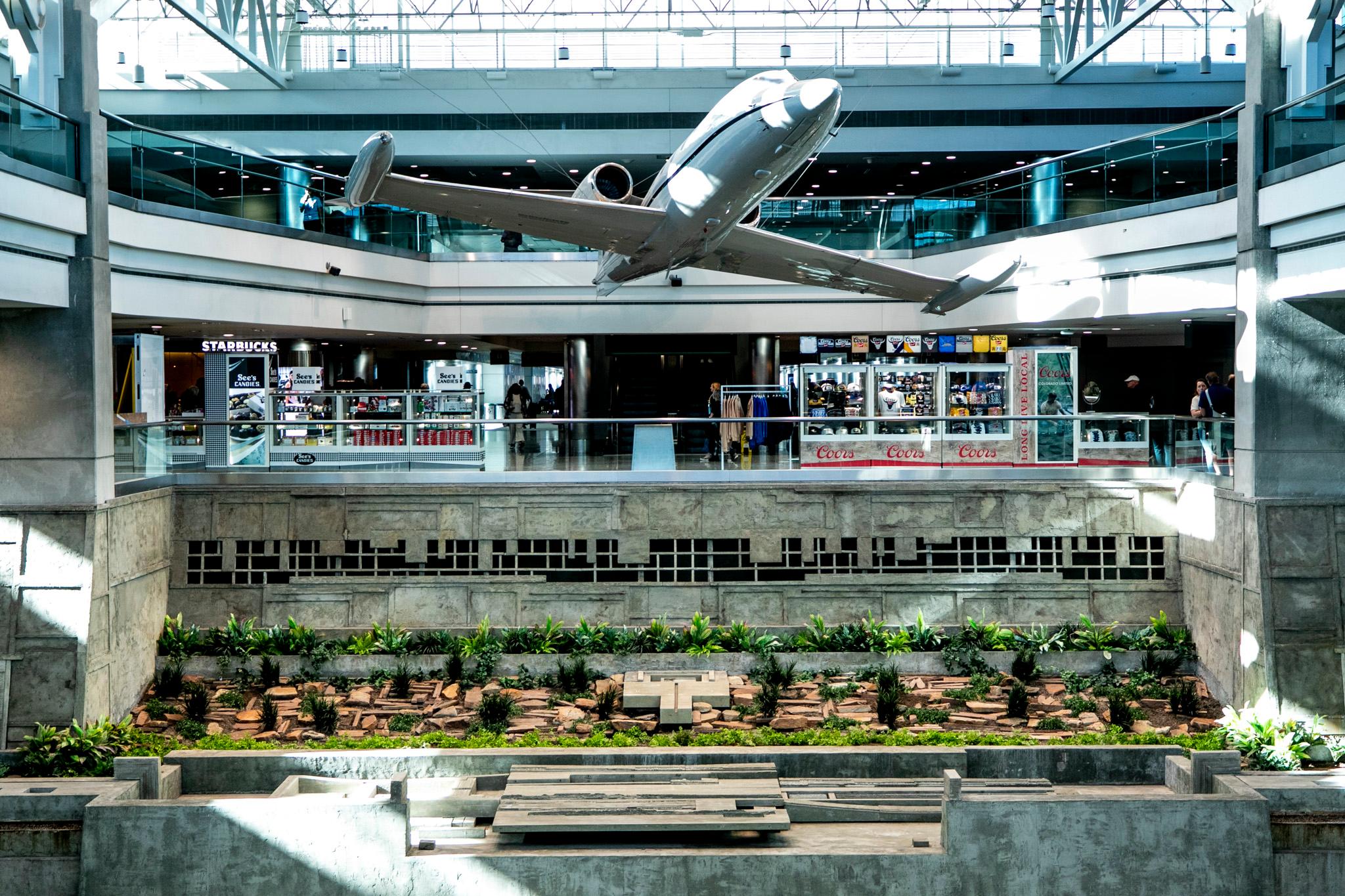Update: The artist is Barb McKee, who also designed sound walls for the I-25 TREX project and founded the Art Garage in Park Hill. Thank you Denverite reader Jay McCarthy for connecting her to us.
In December of 2003, my near-Christmas birthday fell on a Tuesday. Colorado had just made it through its worst flu season in years. A Vail firefighter married one of ABC's bachelorettes. Mick Jagger was knighted. John Elway was offering 2004 Dodge Durangos for the "no haggle" price of $25,998. And then-City Councilman Charlie Brown posed for the cover of Westword in a zoot suit.
I learned all this by whirring through the newspapers on microfiche at the Denver Public Library. But I didn't learn what I was looking for: the name of the artist who created a giant tile mosaic mural just off Brighton Boulevard, on a wall supporting Interstate 70 in Globeville on 46th, between the Denver Coliseum and National Western.
I've been a bit obsessed with this mural since I first wandered by it in 2016. The line of dancing cowboys charmed me in particular. How could something pieced together from tiny tiles have so much fluid movement?
This will be an easy mystery to solve, I thought at first. I paced the mural, which stretches a half block, looking for a signature or informative plaque. No luck. I turned to the handy guide to Denver public art published by Arts & Venues, but this piece does not appear there. A follow-up call to the folks at A&V established that the mural was not part of the city's collection. Back in 2016, I also checked at History Colorado's research library and the Denver Public Library's Western History Department. Because the theme was so state fair -- lots of barnyard animals -- I emailed National Western. I pestered more artists and curators than I care to divulge. I didn't get the information, but I did get a story idea. I ended up writing about artists, curators and custodians of public art around the world tackling the challenge of ensuring the names and stories behind the work are preserved and shared.
I hadn't realized the mural question had stayed in the back of my mind until I sat down to brainstorm Brighton Boulevard story ideas with my colleagues here at Denverite. I knew immediately I wanted to try again to put a name to "my" mural.
I went back to 46th and looked again. And again. And once more. If you've seen me on any of those visits and wondered whether I was casing the joint for a heist, you'll be relieved to know I was just hoping to escape with some information about the art, not the art itself. The mural is too big for my living room.

To continue the criminal theme, I showed photos of the mural to people in the neighborhood as if I were a detective looking for information about a missing person. Which, in a way, I was. I got a lot of comments along the lines of, "Oh yeah, I love that mural!" But the artist remains unaccounted for.
I found some new sources. I didn't even know the state of Colorado had a public art manager until Annie Robb Levinsky, executive director of Historic Denver, put her in touch with me. But neither Levinsky nor Ruth Bruno at the state were able to run down my mural.
Other steps were retraced. Back at National Western, curator and historian Keith Fessenden asked around for me and established the mural had been commissioned as part of work reconstructing the intersections of interstates 70 and 25, a $300 million,16-year project to "build a better mousetrap" that was completed in 2003. That was six years before the debut of CRUSH Walls, the street art festival that would link murals and the RiNo Art District in many minds.
It also wasn't that long ago. I thought the mural was older. It's mauve and earth-tone palette reminded me of the colors of yarn my mom used when she did macrame in the '70s and '80s. Also, how could the artist have been forgotten so quickly? Especially one behind such a large, intricate effort executed on a public street.
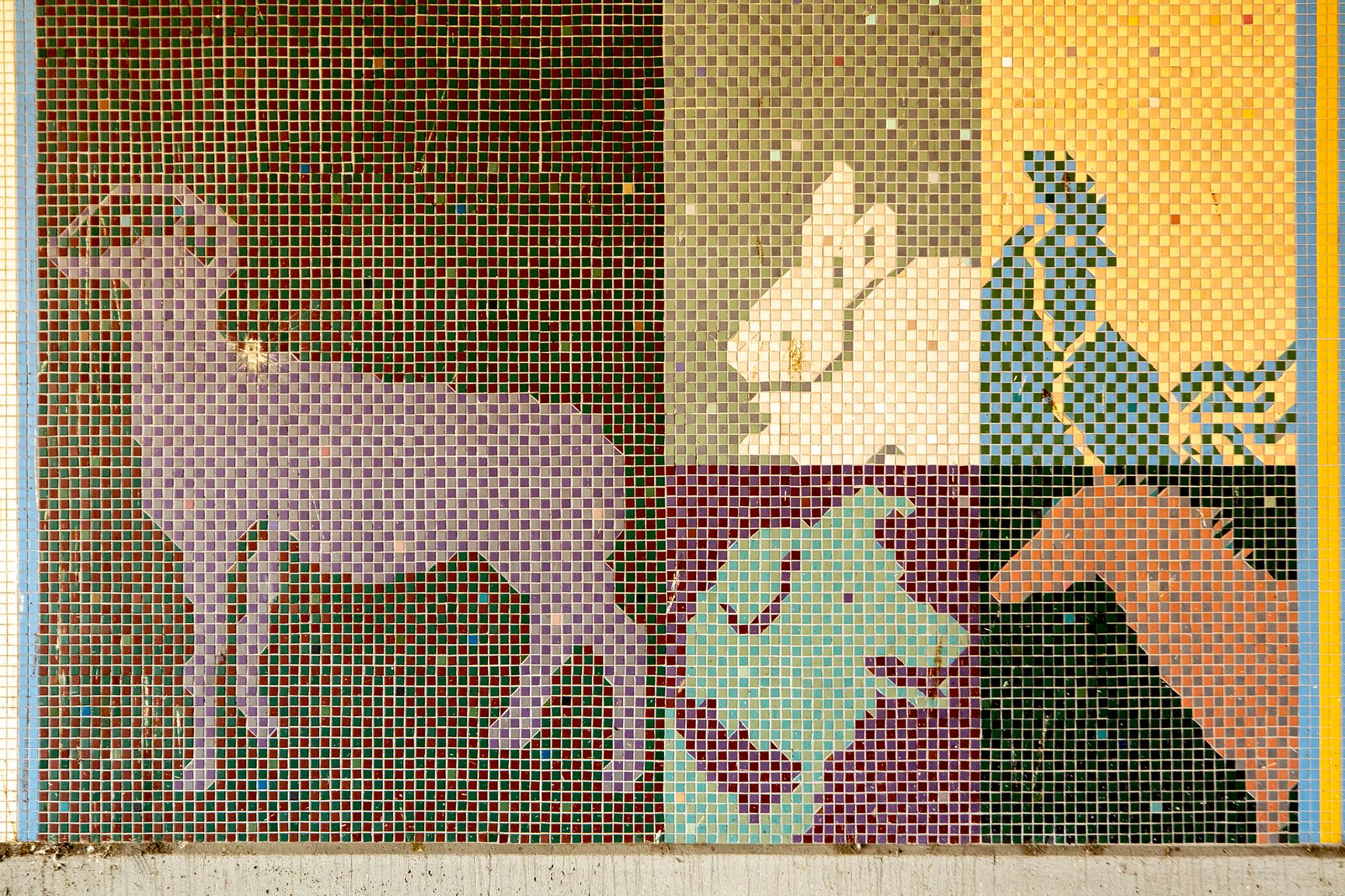
Tom Norton, who headed the Colorado Department of Transportation when the mousetrap was improved, doesn't know what an emotional roller coaster of a ride our phone conversation was. Yes, he remembered the mural! No, he didn't remember the artist. He suggested I call Stacey Stegman, his communications director at the time who is now at DIA, assuring me she had a much better memory. Stegman didn't remember the artist, but she went above and beyond, even circulating my query among CDOT retirees and asking current employees at her former agency to check their press release archive, all to no avail.
Stegman was pretty sure an unveiling for the mural had been held shortly before the road construction was completed. A helpful librarian (Is there any other kind?) at Colorado History found a newspaper article about the end of construction dated Dec. 17, 2003. Armed with a date, I settled in front of a microfiche viewer at the library and started feeding spools of film under the lens, hoping to find a story about the art unveiling. Brown wore that suit, by the way, for a story about a men's fashion boutique whose Santa Fe Drive address is now occupied by a business center and a garden shop.
The microfiche mural hunt failed. But I still have some calls out to artists and curators identified by Denverite photographer Kevin Beaty, who likes a good rabbit hole story.
And maybe you have an idea or a lead for me to follow. Maybe you know! Ping me: [email protected].

